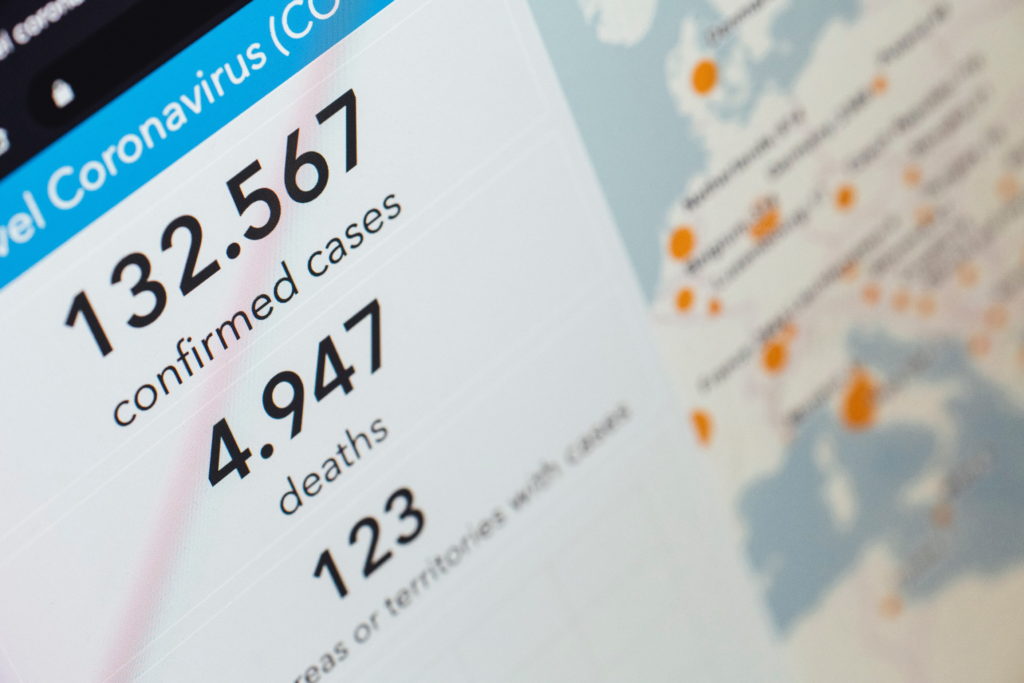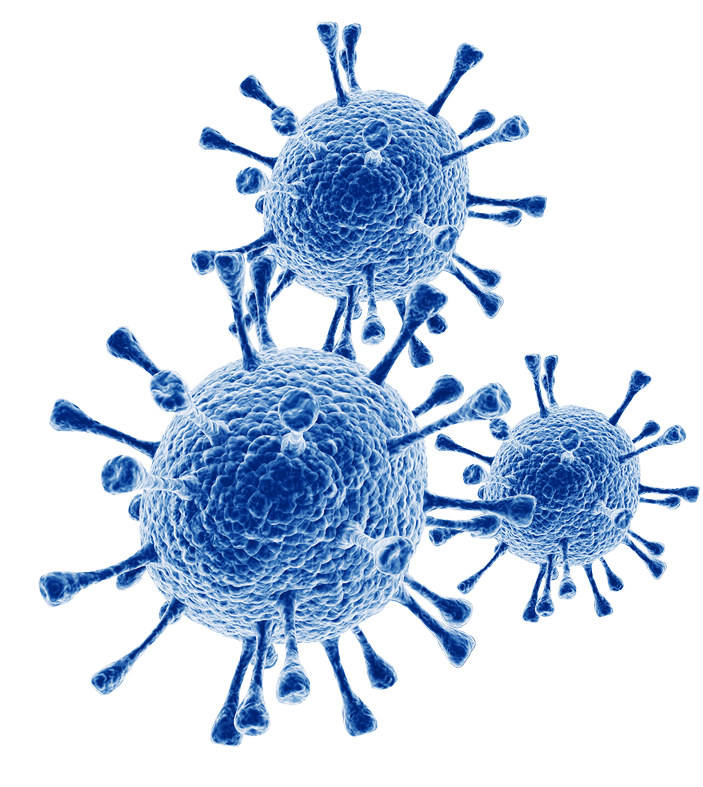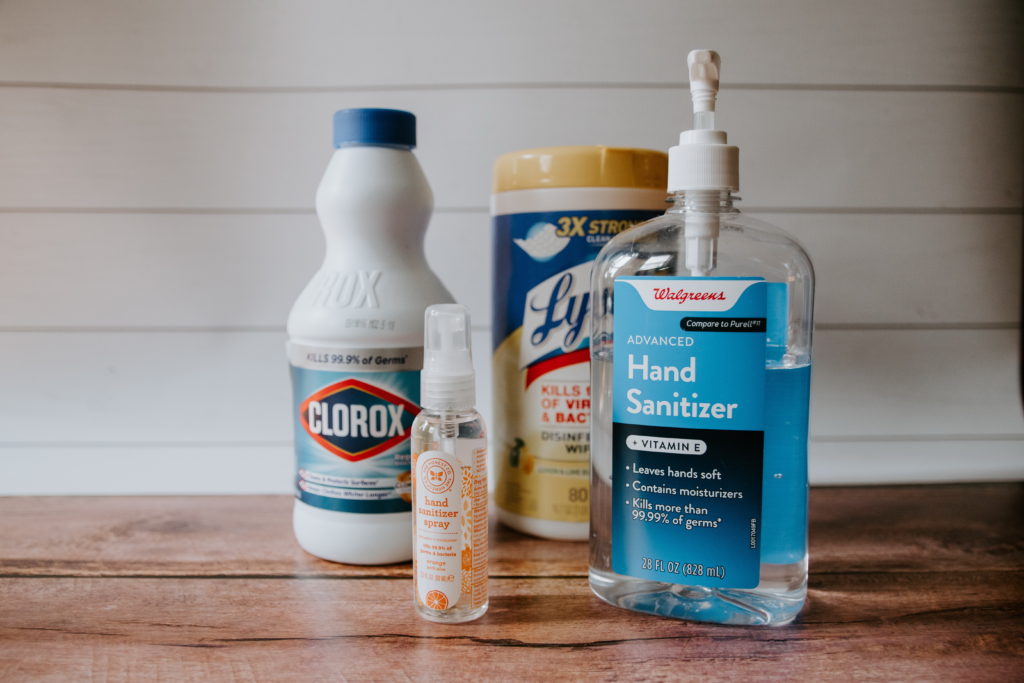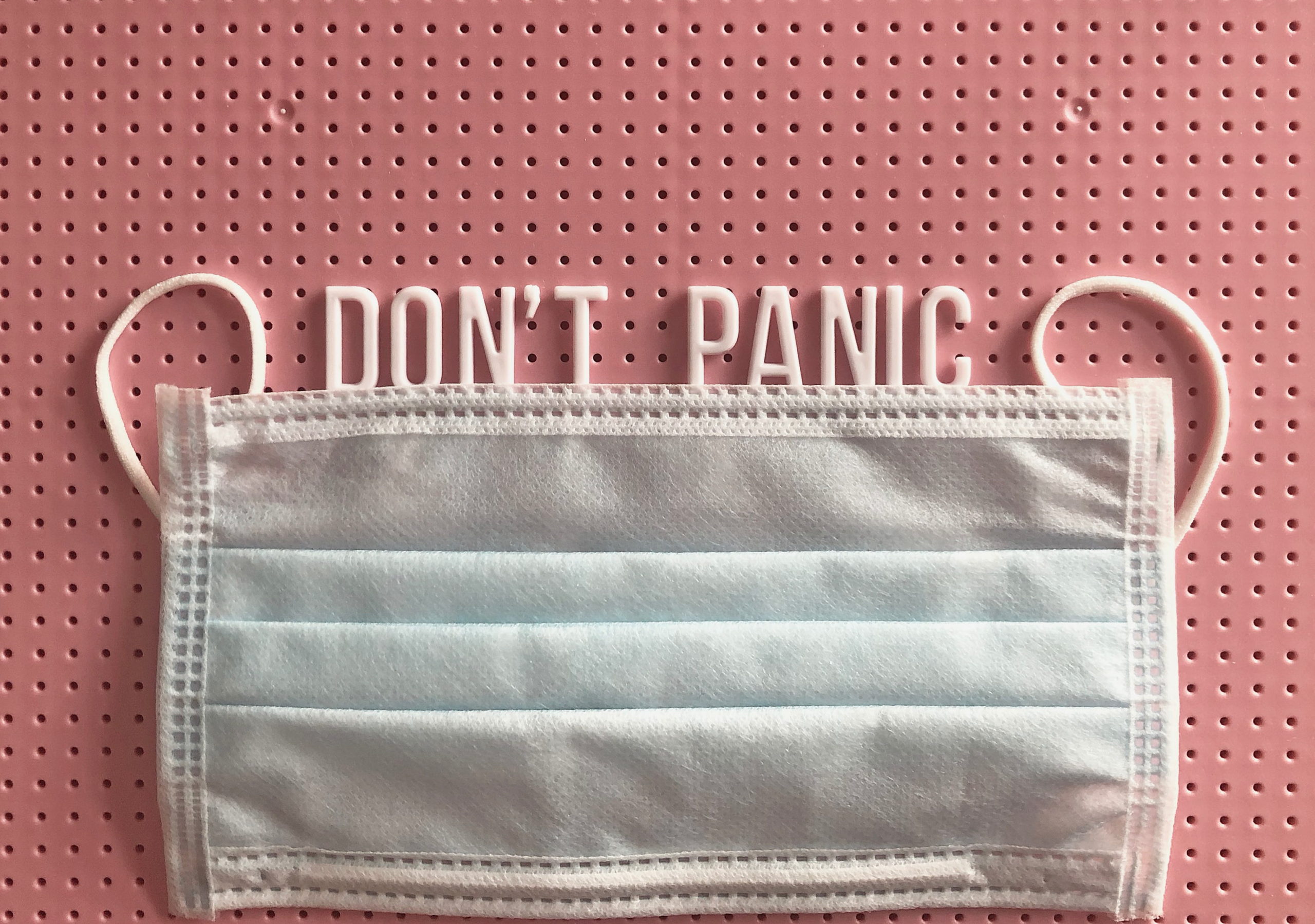Corona Crisis: An American’s Perspective
Written by Tom McGinn.
Let me explain COVID-19 situation from not only my point of view, but along with actual events that are ongoing here in Korea. My point of view is not just mere opinion but based on exposure to daily life here, the news and government alerts through text messages, as well as academic information gathered online.
Before I go on, it should be known that this virus can be contained and its prevention rests on the basic fundamentals of personal hygiene and social distancing in terms of human contact. You are your own best line of
defense.
Once I came to understand that testing is the key to learning just how quickly this COVID-19 is spreading, I changed my outlook. I was not initially that concerned, as it seemed that the quarantine in China of 50 million
people had shown a direct ability to control the virus, though the Chinese government is likely under-reporting the numbers. But failure to restrict movement and to test people opened up Pandora’s box for the rapid spread of this virus. If you are not testing, you do not know if it is spreading. Just as it is difficult to prove that exposure to nuclear radiation causes a specific cancer, in the same way, it would be just as equally difficult to prove that
COVID-19 caused someone’s flu symptoms or death without the requisite testing.
Many foreigners here have posted on social media that they want to leave South Korea. Not me. The reason is simple. The government here is all over this thing. The reason there are new cases reported here is due to the fact
that they are testing. If you get tested and actually have the COVID-19 virus, the government pays in full for your treatment.
The South Korean government has tested over 210,000 people. As of March 12, there are 7,470 active cases here. Of those cases, sadly, 54 patients are in serious or critical condition. The number of those fully recovered is starting to slowly grow as time passes. This is due to ample time after testing, diagnosis, quarantine, treatment, and release.

South Korea (population 51 million) is testing about 10,000 people per day and was working to increase that to 15,000 to 20,000 per day as of February 27. They are installing drive-through test facilities, which minimize hospital pressures and keep potential patients out of the system until they need access. Health authorities on February 27 have also started testing more than 210,000 members of the Shincheonji religious group in Daegu.
The timeline is important on this one, which is useful for judging the reactions by some countries versus others. As an American, I feel compelled to call into question the inaction of my own government. I am the first person to attack the failures of the U.S.’s mainstream media. Yet partisans use the media when it is convenient and then call it “fake news” when they disagree with it.
Partisans jump in and boast that it is not the government’s job to do this or that, yet that is false. Most U.S. public health laboratories are governmentally run. The U.S. government is also responsible for issuing visas. The government is responsible for who gets on those planes
and flies into or out of the U.S. Once COVID-19 became global news in early January, the U.S. did nothing. Inaction in the face of trouble is at best negligence. And do not take my non-partisan word for it.
What is extremely important is how the information about COVID-19 has been available to global health officials. My wife and I were in the remote countryside of Thailand from December 27, 2019, and returned to South
Korea on January 19, 2020. I only offer this as I, with very limited Wi-Fi, was able to get news on COVID-19. This was in early January. It was pressing enough that we had to wonder about our flights. We did not overthink it,
needed to board those aircraft, and so kept our guard up.
Upon arrival on January 19, there were health officials and monitors at the airport. People were being screened. Body heat detectors were placed in multiple areas to detect if someone had flu-like symptoms. Specific countries were targeted. They were simply doing their due diligence as
far as the COVID-19 virus was concerned.

Even with all this going on, the South Korean government still took heavy criticism from the opposition parties for the so-called slow response. Six weeks and three days later our friend Nicholas, who is also living in South
Korea, had just traveled to New York. He posted this on Facebook. “March 4 at 4:52 a.m. – JFK Airport didn’t ask me anything when I arrived. No one checking for corona.
The World Health Organization declared on January 30, 2020, that COVID-19 was a global emergency. It was on on January 31 that the U.S. finally took its first measures by restricting some travel from affected areas for inbound
travel to the country.
Now please consider these facts: The U.S. and China are the world’s biggest business travel spenders. Americans make more than 405 million long-distance business trips per year. This means about 1.1 million people are
traveling for business every day in the U.S. The Big Apple – New York City – is the most common business travel destination. Can you now see how the U.S.’s response to COVID-19 is, at best, negligible?
When learning of coronavirus spread in China, there were no restrictions or monitoring going on between these two countries. When thinking
of this virus, one must think in terms of contact and people moving around – and not just moving around in general but where they are moving to and from. Follow the money.

The U.S. political system is all about the money, and President Trump had openly downplayed this virus due to wanting to calm the markets. On February 25, he took to Twitter and said the stock market was good and
COVID-19 was under control. His exact tweet that day went as follows: “The Coronavirus is very much under control in the USA. We are in contact with everyone and all relevant countries. CDC & World Health have been working hard and very smart. Stock Market starting to look very good to me!”
He made it political. But before he tweeted this, his own CDC (Centers for Disease Control and Prevention) refused test kits from around the world as the CDC and American companies wanted to produce their own. Yet
the CDC-produced sets were ineffective to say the least. They were giving false positives from the tests much in the same way the police charge people with drug possession after finding the sugar from a glazed donut in their car. Working hard and very smart?
Then over five days, the stock market lost three trillion dollars. Of course, the market was due for a major correction. It was not just COVID-19 or Saudi Arabia pumping oil – it was going to happen regardless. On January 26, 2020, almost one full month before the stock market plunge, an article by Laura Hoy was posted out of Norway on CCN.com titled “History Says a February Stock Market Crash Is Inevitable.” There you have it. The market was already due for a major correction. Yet what the pundits in the U.S. will try to have you believe is that the COVID-19 issue is what caused the stock market to plummet. President Trump is now scapegoating the Federal Reserve as another reason for the crash.
How long will it take President Trump’s administration to declare a national emergency? There were only 57 cases in the U.S. when President Trump said COVID-19 was “under control.” As of March 12, there were 1,339 cases
and still growing. Pundits are trying to shield President Trump and his
administration. They are also screaming into their bullhorns that the media has created this crisis in the U.S. There is a clear history of media-fueled hysteria in the U.S. However, I find it humorous since it was this same
media that created a frenzy back in 2014, right before the midterm elections, and then silenced the Ebola scare when the election was over. Picture Forrest Gump sitting and waiting for the bus: “And just like that, the Ebola virus disappeared from the news.”
On March 1, the CDC stopped reporting on the number of Americans tested for COVID-19. Then it updated these numbers and retroactively said that the CDC itself tested 3,516 people before March 1. They conducted thousands of tests but failed to report them to the public? This is President Trump’s moment to declare a national emergency, yet he and his administration openly contradict their very own experts. Do you still think that it is truly “under control”? The U.S. death rate for COVID-19 currently stands at 2.8 percent, but the death rate from closed cases is 71 percent!
This virus is real. It is deadly for the elderly. It can be carried by younger people and transmitted to older people who are the most vulnerable.
The problem in the U.S. will get worse – and likely much worse. That was a cemented guarantee when the U.S. federal government openly downplayed it. The seriousness was mocked by a member of the U.S. House of Representatives when he wore a protective mask in the House chamber. Two days later, one of his constituents died.
The right-wing media is calling this an overreaction, and President Trump even called COVID-19 the “new hoax” from the opposition. Does the context even matter?
President Trump is still reluctant to declare an emergency as he now fears it will cause a panic. Yet people are now openly fighting at supermarkets over toilet paper. Panicked yet?

South Korea is two full months ahead of the U.S. in their reaction to the virus and is still getting new cases. The U.S. has shown open indifference through apathetic leadership, with a lack of transparency tossed in on the
side. The alarm bell has been rung. It is still ringing. It tolls for thee. Many are apparently deaf to its sound.
Note: The views expressed herein are solely those of the author. They are not to be construed as those of the Gwangju News, the Gwangju International Center, or Gwangju City Hall. — Ed
THE AUTHOR
Tom McGinn is from Michigan, U.S.A. He has degrees in criminal justice, law enforcement, and history. He spent ten years in the U.S. Army as a paratrooper and drill sergeant. His wife, Wip, is from Thailand, and their rescue dog, Tokki, is from Busan. They hike, farm, and help animals and people. Instagram: @BrutusSpartacusMaximus.







